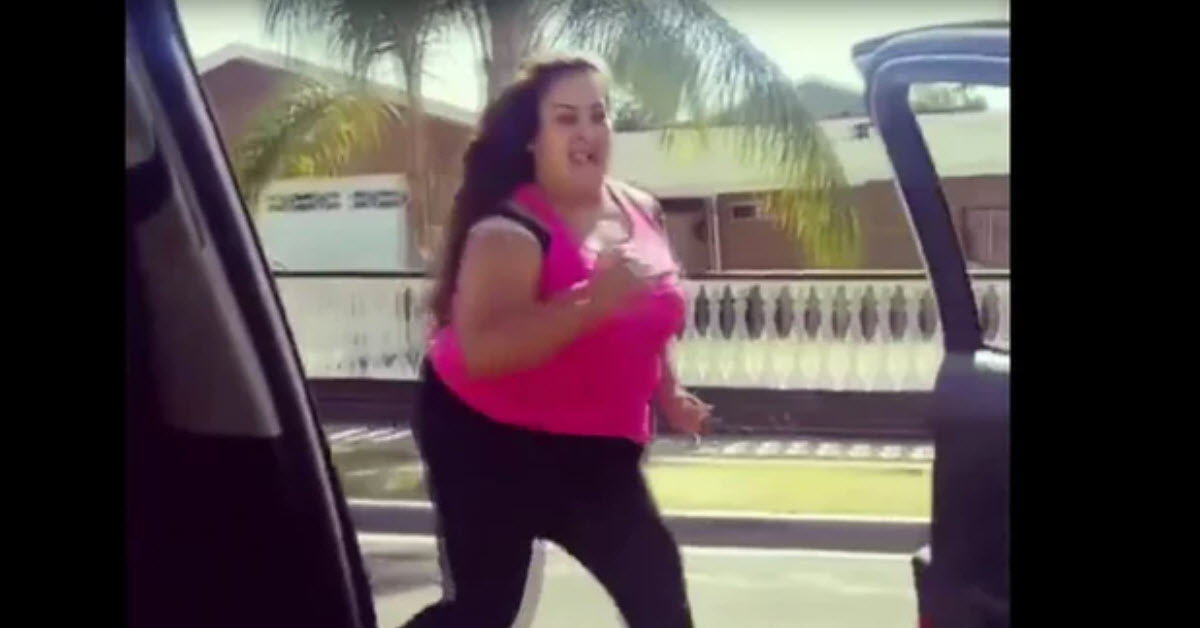http://3.bp.blogspot.com/-c8-UT7XueZ0/W2Ed2hxpYoI/AAAAAAAAARU/objiqrAeKpIg431ij016qi0P0ok-A05QgCK4BGAYYCw/s1600/2018-08-01_8-11-01.jpg

The reaction to the Kiki challenge, which involves people posting videos of themselves jumping out of slow-moving cars while dancing to Drake’s In My Feelings, is just the latest example of a risky dance craze attracting official condemnation on safety grounds.
Moves have often been accompanied by moral panics – and social media also gets a share of the blame for encouraging people to film themselves in ever riskier versions. Here are some others that sparked concern:
Daggering

A dancehall move where a woman bends over and her partner enthusiastically thrusts from behind, it fell foul of authorities in Jamaica, where such moves were banned from broadcast – it didn’t stop people sharing ever more athletically ambitious versions on YouTube. In 2009, the Jamaica Star reported that the dance craze had led to a “rise in broken willy”, quoting urologists saying that incidences of penile fracture had increased, which medics anecdotally ascribed to the rise of the dance.
The Charleston

Proving this is not just a 21st-century phenomena, when the Charleston was all the rage, there were those who disapproved of the fact that the new dancing style allowed women to dance on their own without partners, with all the moral risk that entails. And like the Jamaican dagger artists, participants’ health was also deemed to be at risk. “Charleston knee” – damaging the limbs by flinging them out too enthusiastically during the dance – was a fate to be avoided.
The Jitterbug

The craze for “jitterbug marathons”, a curious mix of genuine endurance event and staged performance, saw couples in the 1920s and 30s dance non-stop for hours on end to compete for prize money. It was made all the more attractive due to the economic downtown, but often the cash was won by professional dancers who travelled from town to town competing. Participants were allowed brief toilet breaks and the occasional nap, so that the events could last for more than 1,000 hours. Partners even took it in turns to hold each other upright and continue dancing while one slept. In 1923, a man named Homer Morehouse died of exhaustion during one such marathon, and Seattle banned the events in the late 20s after a reported suicide attempt by a competitor who had narrowly missed out on winning. By the mid-1930s, the events were outlawed in many states due to moral objections.
‘Dancing plagues’
Perhaps the strangest dance craze of all were these medieval occurrences. Contemporary reports suggest more than a dozen people died from exhaustion in one outbreak of mass non-stop dancing in Strasbourg in 1518. Suspected culprits include food contaminated with a species of mould that causes LSD-like effects, or a mass psychogenic illness. We can, at least, rule out the influence of social media on that particular craze. Why can’t people just stick to the simple pleasures of the Floss?
guardian.co.uk © Guardian News & Media Limited 2010
Published via the Guardian News Feed plugin for WordPress.
Before the Kiki: a history of dangerous dance crazeshttps://is.gd/ih3FK2











0 comments:
Post a Comment